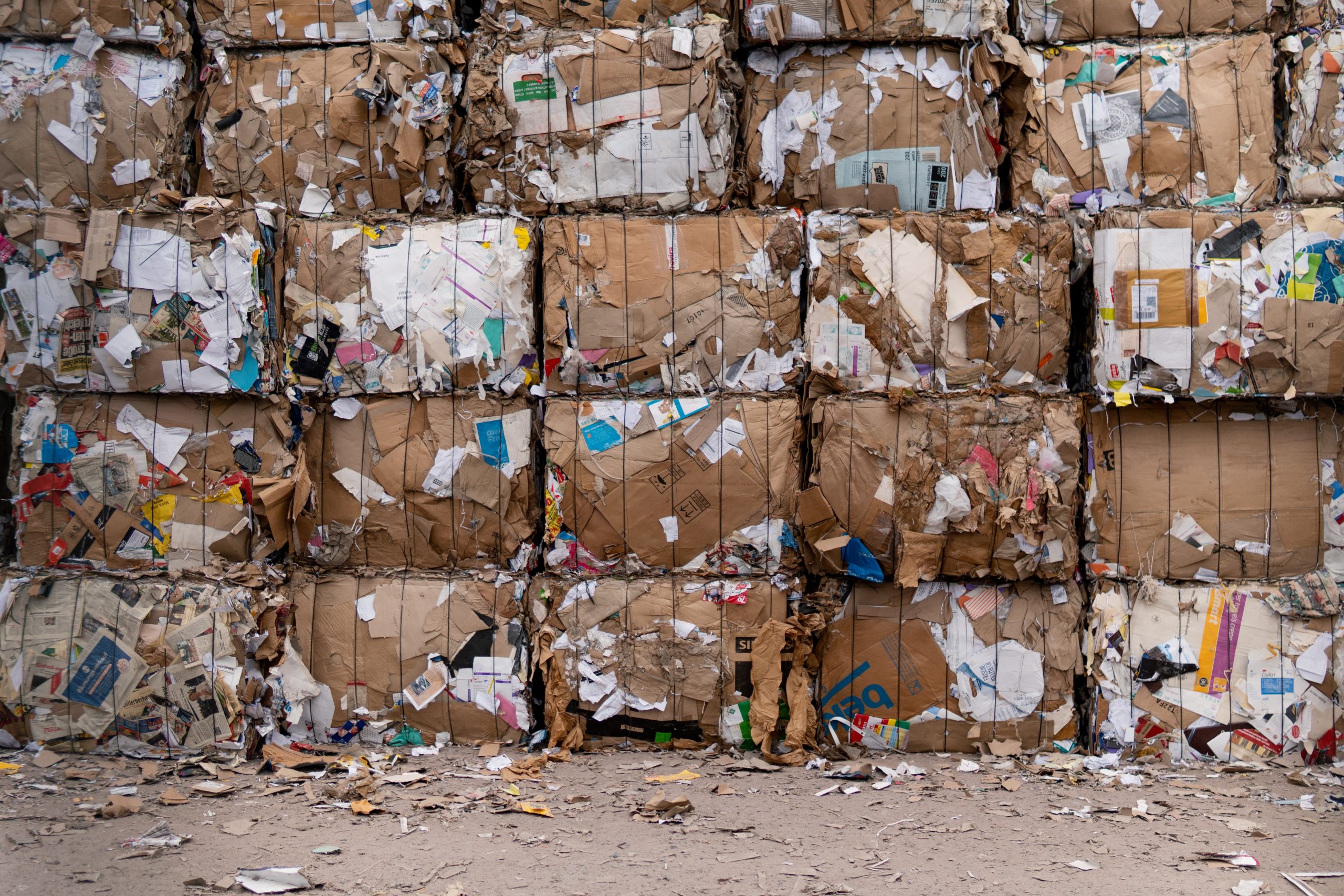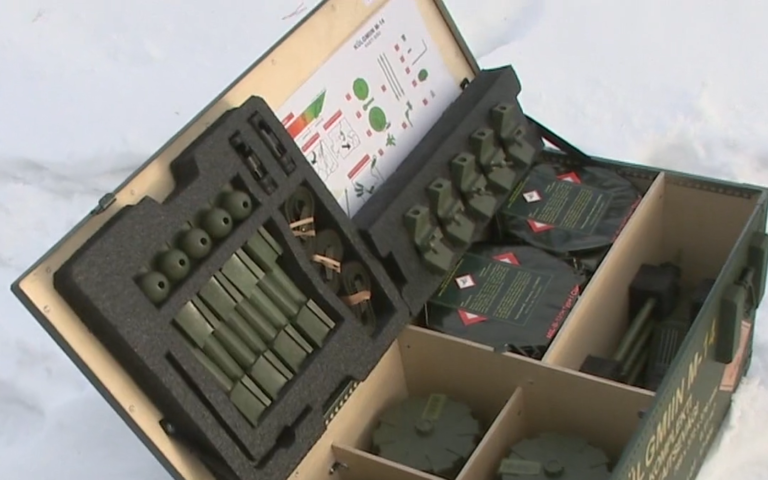According to the Stockholm Environment Institute (SEI), Estonia lacks the capacity to recycle textile waste and the corresponding technological solutions.
About 16,000 tons of new clothes and home textiles are consumed in Estonia annually and 3.7 kilograms of textile waste was collected per person in Estonia in 2018 alone. Almost half of the clothes and textiles collected by category in Estonia — a total of nearly 2,500 tons per year — are sent to a landfill for disposal. In addition to the clothes and textiles collected by category, a large part of the used clothes and textiles are generally thrown away by households after use in mixed household waste — a total of nearly 15,000 tons per year. Thus, the clothing and textile waste collected in this way is treated together with mixed household waste, which in Estonia is either mass incineration in a waste incineration plant or disposal in a landfill. At the same time, according to the waste directive of the European Union, from 2025 all member states are obliged to separately collect all generated textile waste, which should be recycled.
Despite the above, Estonia has both textile material development competence as well as fashion and textile design skills, which offer the potential to provide solutions to the aforementioned challenges.
In the course of a project led by the Academy of Arts, more promising types of textile waste that are easier to recycle here and use in material and product development were mapped. In addition, the technological solutions necessary for the production of new textile materials from select recycled textile waste were developed. Based on material development, innovative product development samples were also developed.
During the study, SEI Tallinn mapped the amount of generation of textile waste in Estonia and its recycling prospect. The study was carried out in stages involving various analyzes and experiments.
The purpose of mapping the amount of textile waste generated and the perspective of its recyclability was to estimate the amount of clothing and textile waste generated in Estonia and to find out the categories of textiles or textile waste suitable for mechanical recycling. The analysis was carried out by SEI’s Tallinn center.
Based on the results of the first stage of the study on the collection and pre-treatment of suitable textile waste, the collection of suitable textile waste — the collection, sorting and cleaning of clothing types suitable for recycling — and shredding and polishing were carried out. This was necessary to carry out further material and product development tests. The collection and pre-treatment of textile waste was coordinated by the Academy of Arts. The collection of suitable types of clothing was carried out in cooperation with Uuskasutuskeskus (Reuse Center), and their further shredding and polishing took place at the company Paragon Sleep AS.
Material development took place in two directions. The first direction of material development was yarn development, which was carried out in the Vilma wool laboratory of the Viljandi Culture Academy of the University of Tartu and resulted in yarns with four different compositions. Additionally, material development for nonwovens from crushed fibre pulp was carried out in the Polymers and Textile Technology Laboratory at TalTech. As a result, nonwovens with different compositions, structures and stiffness were produced.
The product development process was carried out at the Academy of Arts. From the finished nonwovens, hot-pressed composite boards were selected for further processing, from which samples of small furniture were made. The yarn development resulted in the development of hand knitted fabrics and seamless knit headwear.
Recommendations for the development of textile waste recycling in Estonia were drawn up based on the results of the analyzes and tests carried out during the various stages of the study.
The leading partner of the project was the Sustainable Design and Materials Lab of the Academy of Arts, while project partners included SEI Tallinn, the Viljandi Culture Academy of the University of Tartu, the Polymers and Textile Technology Laboratory at TalTech, Uuskasutuskeskus and Paragon Sleep.
Source: BNS
(Reproduction of BNS information in mass media and other websites without written consent of BNS is prohibited.)


















